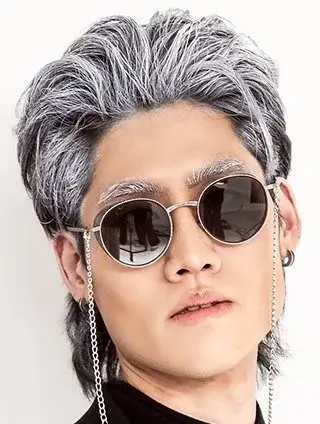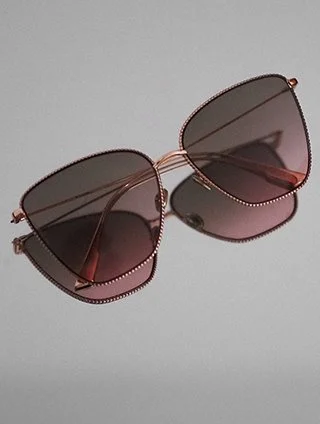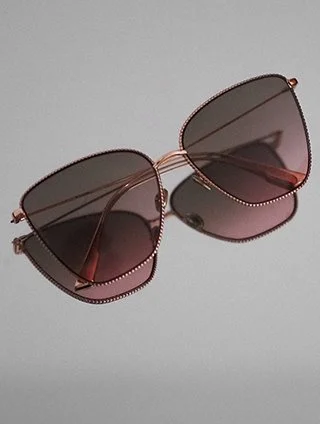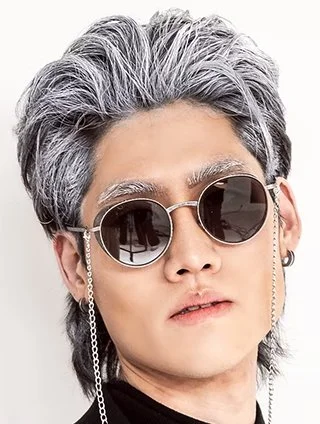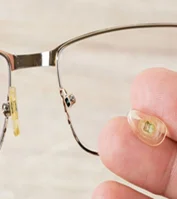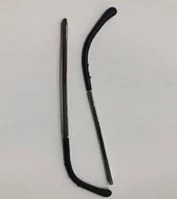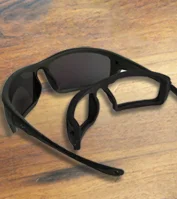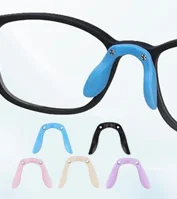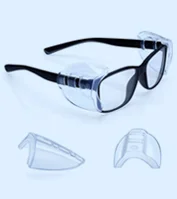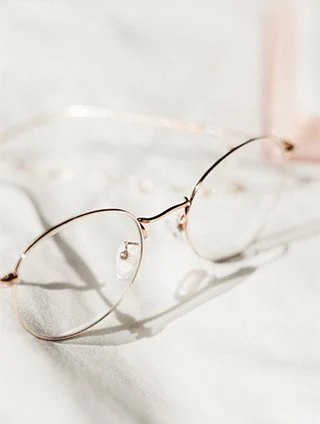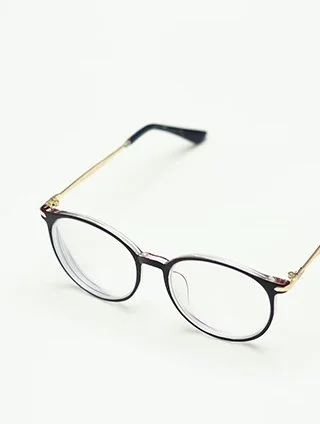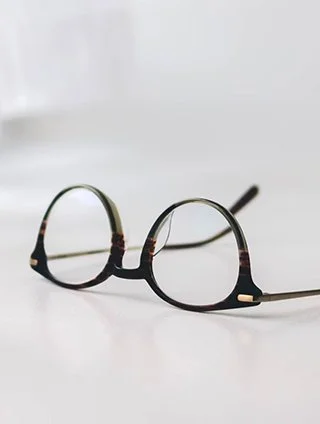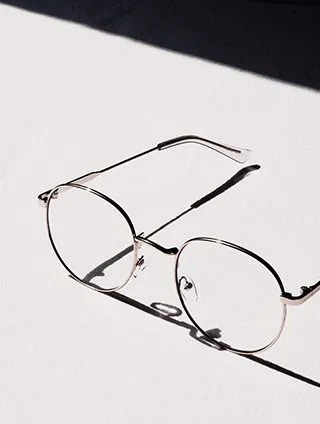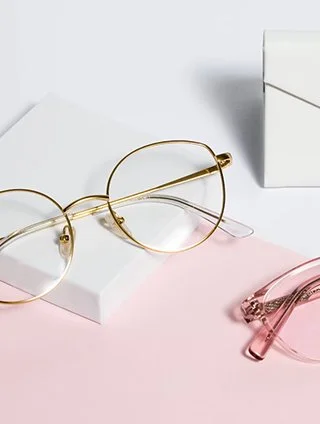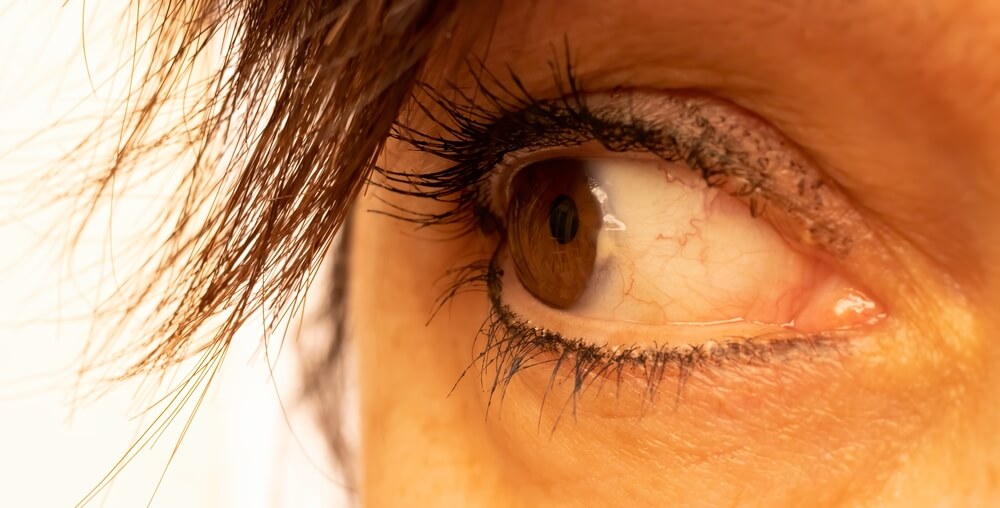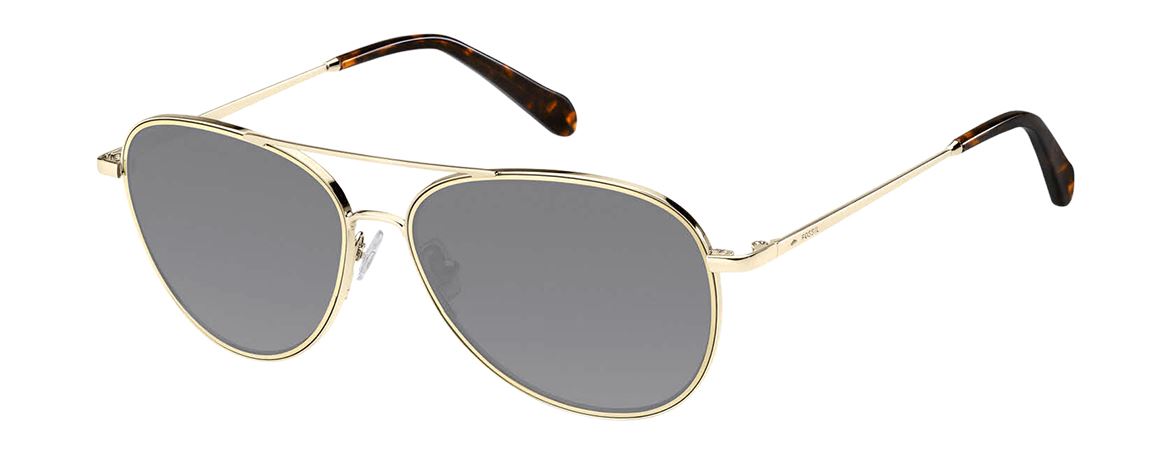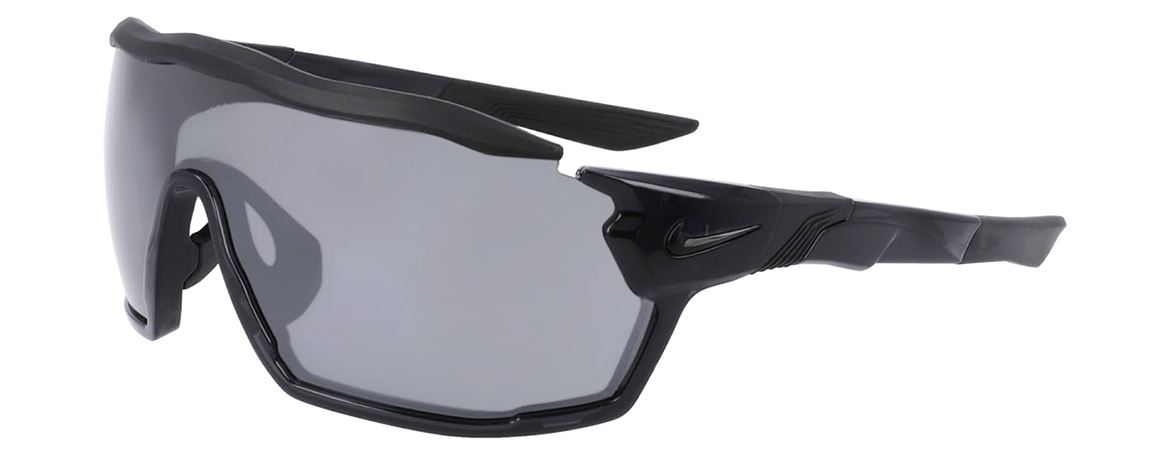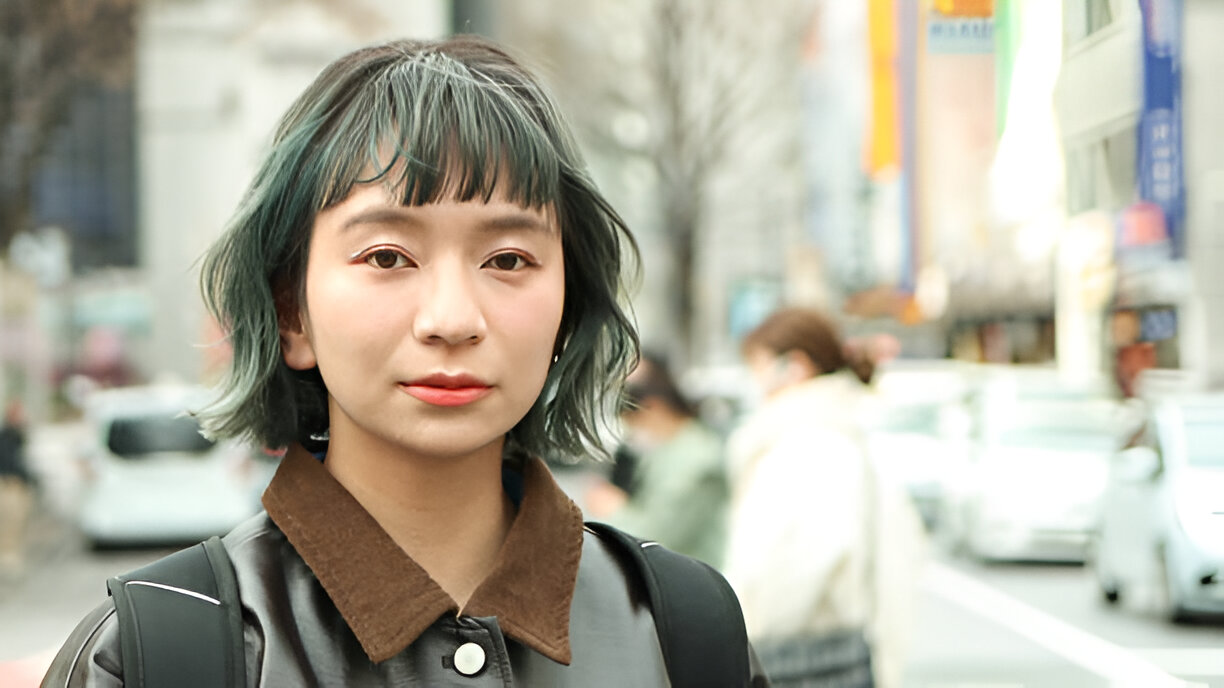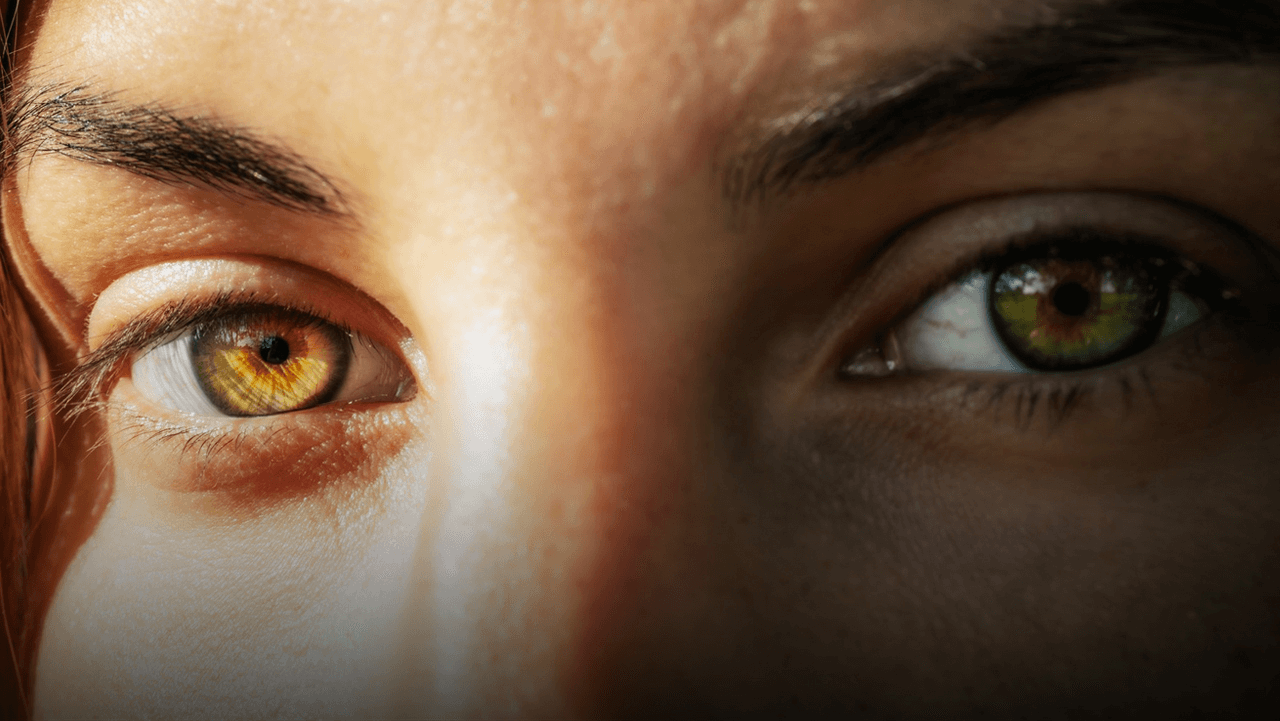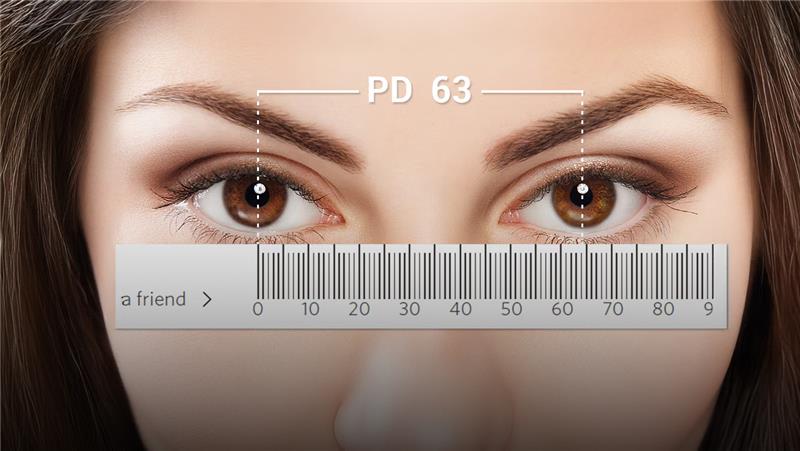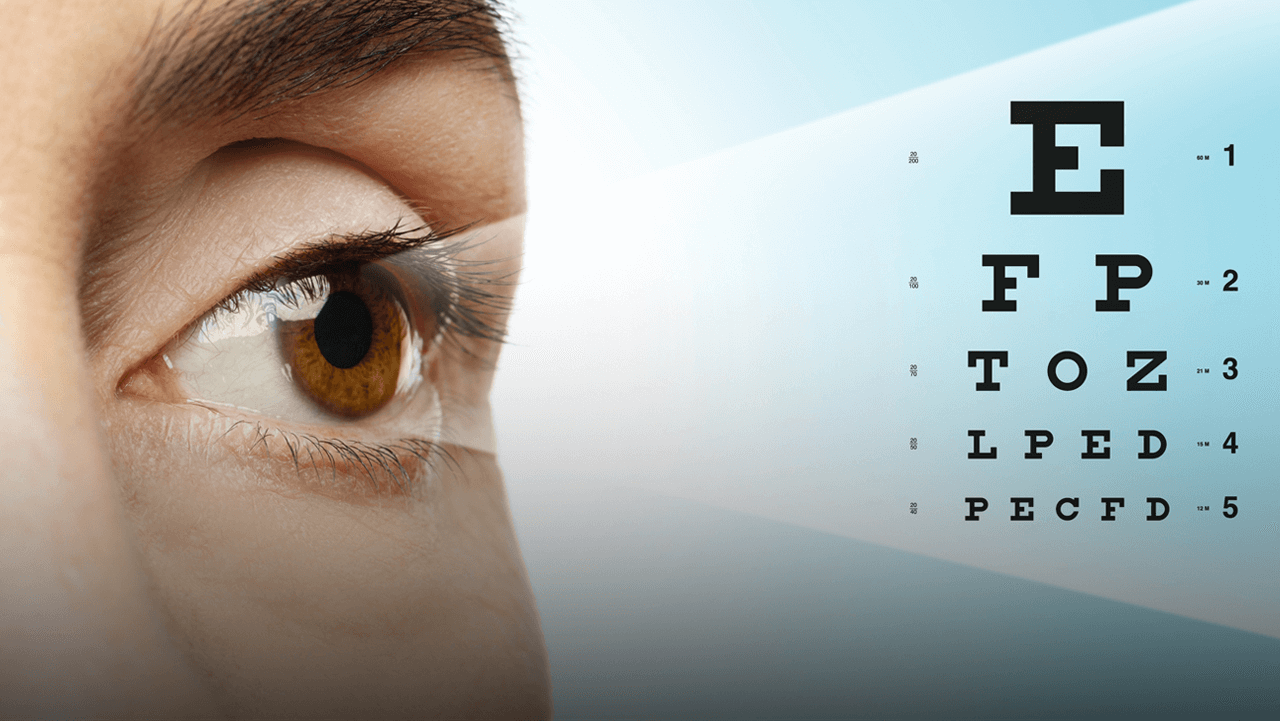Last updated: Monday, October 20, 2025
A benign yellowish raised growth on the white portion of your eye is called a pinguecula. Exposure to wind, dust, and sun is considered the cause. Besides the bump, dry eyes, irritation, and redness of the eyes are also typical symptoms. If necessary, medications can ease discomfort. Surgery is typically not necessary unless you are unhappy with the appearance of your eye.
What Is Pinguecula?
The term pinguecula refers to a raised yellowish growth on the conjunctiva of your eye. The transparent layer covering the white portion of your eye is called the conjunctiva. The pinguecula usually develops on the inside of the white portion of your eye, close to your nose. However, it can also show up on the opposite side of your eye. A deposit of calcium-fat protein or a combination of all three is called a pinguecula. It could be tiny, triangular, or round and hardly perceptible. It might enlarge over many years.
How Does A Pinguecula Look?
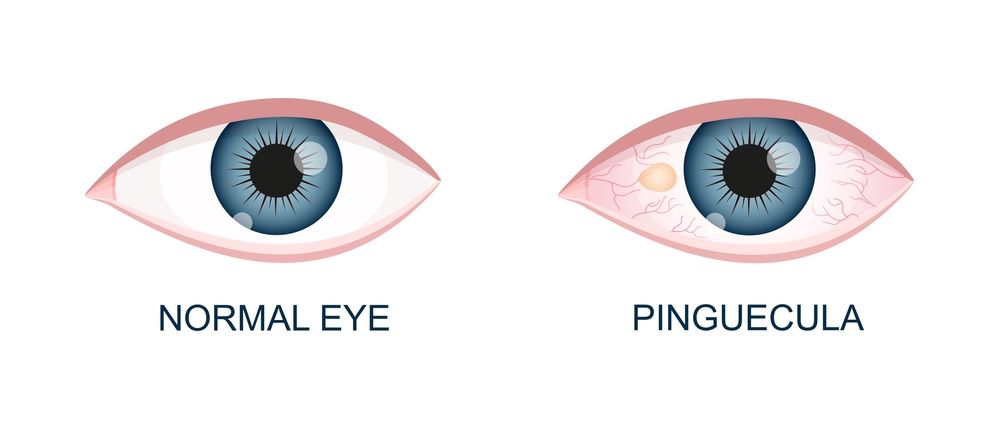
A pinguecula usually has a triangular shape and is yellowish. It is a tiny elevated patch that develops close to your cornea. The clear covering of your iris and pupil is called your cornea. The coloured portion of your eye is called your iris. Although they can grow adjacent to your cornea on either side, pingueculae are more frequently found on the side of your cornea that faces your nose. Large pingueculae are rare and grow very slowly.
What Pinguecula Symptoms And Indicators Are Present?
A tiny yellowish patch or bump on the conjunctiva of your eye is the most typical sign of pinguecula. Other signs and symptoms consist of:
- Swollen, red, itchy, or irritated eyes.
- Eyes feeling dry.
- A sense that something is in your eye, like grit or sand.
- Tearful eyes.
There are mild to severe variations in these symptoms. Pinguecula can affect one or both eyes, and it can occur in the same eye in multiple cases.
Pinguecula Eye Causes
A change in the conjunctiva brings on. Since a pinguecula causes a thickening of the conjunctiva, the eye's protective layer, it cannot impair vision. A tiny white-yellow bump is the result. Although the precise cause of the change is unknown, potential causes include:
- Extended exposure to ultraviolet (UV) radiation from the sun (the most common cause).
- Dust and wind irritate the eyes.
- Growing older.
In What Way are Pinguecula Eyes Identified?

Eye care professionals to diagnose pinguecula using a typical eye exam. The growth will be closely examined by your provider under a slit lamp. A slit lamp is a kind of microscope that shines a bright, narrow line of light (called a slit) directly into your eye. It facilitates the examination of the front and interior of your eye by your healthcare provider.
How Is Pinguecula Eye Managed?
You probably don't need treatment if your symptoms aren't causing you any discomfort in your eyes. If your pinguecula is uncomfortable, your eye doctor might:
- Suggest using prescription lubricating (wetting) drops over-the-counter eye ointments or artificial tears.
- Suggest a brief course of steroid eye ointments or drops to lessen swelling and redness in the eyes.
Medical Care
Treatment is usually not necessary for a pinguecula. However, a person may try over-the-counter (OTC) or prescription medication if the growth is causing bothersome symptoms. Surgery is usually only necessary for a pinguecula that seriously irritates the eyes or causes cosmetic issues. More information about these treatment options can be found in the sections that follow.
OTC Medications
For symptoms like burning, itching, and dryness in the eyes, over-the-counter eye drops could be beneficial. Certain tears, referred to as artificial tears, function similarly to natural tears in lubricating the eyes. Preservatives are present in a lot of artificial tears. Some may find that these irritate their eyes. Consider using preservative-free drops in single-use vials if someone does experience eye irritation. There are also eye ointments available. These usually stay in the eye longer than synthetic tears. They might be appropriate for more severe cases of dryness and discomfort. All eye drops should be disclosed to the patient's eye doctor.
Medications on Prescription
A doctor might advise trying prescription eye drops if over-the-counter eye drops and ointments are ineffective in treating pinguecula eye symptoms. Steroid-containing eye drops are useful for reducing inflammation and swelling. They may also lessen the uncomfortable feeling of grit or sand in the eyes.
When Is Pinguecula Eye Surgery Necessary?
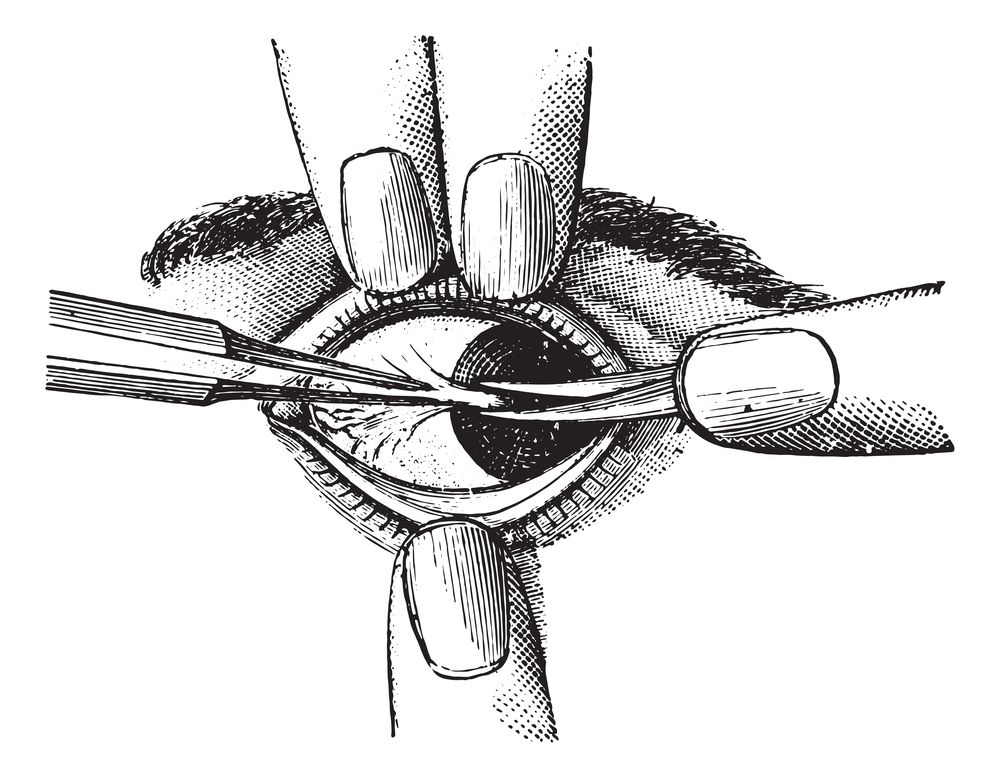
Your healthcare provider and you might talk about having the pinguecula surgically removed if:
- It gets excessively uncomfortable or doesn't go away. It obstructs your vision when it grows too close to the cornea.
- It makes wearing contact lenses difficult or impossible.
- You object to the appearance of the growth on your eye for aesthetic reasons. Remember that even after surgery, a pinguecula can recur.
Pinguecula Surgery
If over-the-counter or prescription medications cannot relieve a patient's symptoms, surgery may be their only option. For aesthetic purposes, some people might decide to have a pinguecula removed. A surgeon will remove the pinguecula during the process. After that, a piece of healthy conjunctiva will be transferred to the area where the pinguecula was removed using a special glue. According to a 2019 study, pinguecula eyes can be removed surgically, and related dry eye symptoms can be relieved with a graft of healthy conjunctiva tissue.
Pinguecula Surgery Cost
Although estimates of the average cost of procedures to correct this condition vary somewhat, pterygium surgery can be costly. Read here for more about the different costs of pterygium and pinguecula. The estimated national average cost is $8359. The offices of certain surgeons claim to provide the procedure for as little as $995. The degree of your ailment, where you live, and the surgeon you select will all have a significant impact on the cost of this procedure. Generally speaking, expenses increase in proportion to the degree of experience of the surgeon and the severity of the ailment.
Is This Cost Covered by Insurance?
Most of the time, insurance companies will only pay for treatments that they determine to be medically essential. Pinguecula surgery is not always necessary because the condition does not always impair vision or even cause a great deal of physical discomfort. Rather than surgery, lubricants or steroids, eye drops are often the first-line treatment for pterygium. Afterwards, an ophthalmologist will merely track the growth progression, and drops and lifestyle adjustments will be used to treat the symptoms. You cannot assume that your insurance company will pay for the cost of treatment if you are unhappy with the aesthetic appearance of a pinguecula. To obtain coverage, your ophthalmologist will need to convince your insurance provider of the procedure's necessity.
Treatment For Pinguecula At Home
For the most part, cases of pinguecula eye treatment are self-limited. Lubricating eye drops can help relieve symptoms if you feel like there's something in your eye or if you also have accompanying symptoms of dry eye syndrome. The pinguecula may be shielded from additional UV radiation exposure by donning sunglasses or contact lenses with UV-blocking filters. It might be necessary to have a pinguecula surgically removed in the extremely rare case that it becomes more uncomfortable or inflamed.
Treatment for pinguecula at home involves several effective remedies that can help manage this common eye condition. While medical intervention may eventually be necessary, many people find relief through simple pinguecula home treatment options such as artificial tears to keep the eye lubricated, wearing UV-protective fossil fos sunglasses outdoors, and using cold compresses to reduce inflammation.
Fossil Fos Avatior Shaped Sunglasses For UV Protection Outdoor
According to a study published in the Journal of Ophthalmology, these pinguecula treatments at home remedies can significantly reduce discomfort and prevent the condition from worsening. Additionally, maintaining good eye hygiene, staying hydrated, and avoiding environmental irritants like dust and wind can help manage symptoms effectively. However, if symptoms persist or worsen despite these home-based interventions, it's essential to consult an eye care professional for proper medical evaluation.
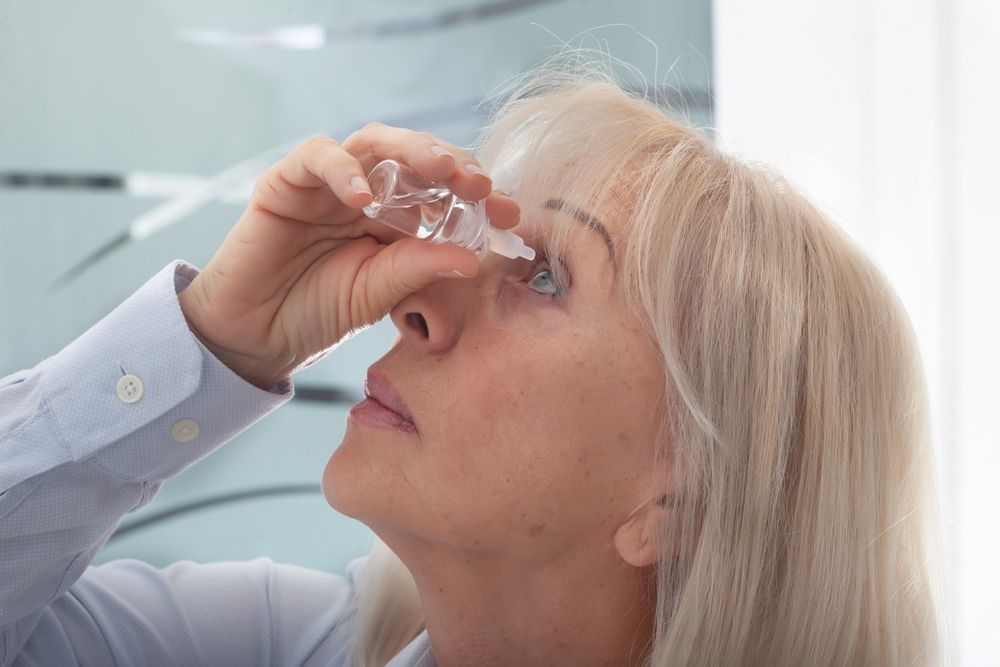
Preventive Measures
People should exercise caution when protecting their eyes from the sun because it seems that exposure to sunlight increases the risk of developing pinguecula. This aids in the prevention of cancer and cataracts, two other eye diseases. A person can attempt the following measures to shield their eyes from sunlight and other irritants:
- Using wraparound sunglasses: These lenses filter out 99–100% of UV radiation. Whether it is overcast, raining, or snowing outside, people should wear them whenever they step outside or enter a car.
Wrap Around Sunglasses by Nike
- Using a hat with a broad brim: A hat with a wide brim helps shield the face and eyes from the sun's radiation. Wearing protective eyewear: When working in dusty or unclean environments, people should wear safety goggles or other suitable eye protection. Taking care of dry eyes: People who experience dry eyes should consult an ophthalmologist about using lubricants in their eyes. After pinguecula removal surgery, these precautions may also help avoid its recurrence.
How Long Does Pinguecula Last?
A pinguecula will persist until it is treated since it cannot heal itself. Depending on how severe the growth is, pingueculae can be cleared up in two to four weeks with eye drops or ointment. The full healing process could take up to one month if surgery is required.
What Time Is Best To Call the Doctor?
If you observe any changes in your vision or believe you may have a pinguecula, consult your eye care professional. Additionally, give your healthcare provider a call if you have a pinguecula, and even after taking medication, your eye pain persists. Your doctor can verify the diagnosis, examine your eyes in general, and adjust or modify your medication during a visit.
Bottom Line
Pinguecula are usually not harmful and don't need to be treated. However, a few noninvasive treatment choices are available to help control the pinguecula's growth and lessen any associated symptoms. For some, surgery is also an option. If someone suspects they may have a pinguecula, they should consult an ophthalmologist. Even though these growths are not harmful, it is still advisable to consult a healthcare provider about any changes to your eyes. This will be a crucial step in excluding other medical issues.
FAQ's
How long does it take for a pinguecula to go away?
Pingueculae are generally permanent and do not resolve on their own. While they may remain stable over time, any significant changes should be evaluated by an eye care professional.
How to treat a pinguecula at home?
To alleviate discomfort from a pinguecula at home, you can use lubricating eye drops to reduce irritation. Applying warm compresses may also help soothe the eyes. However, if symptoms persist or worsen, it's important to consult an eye care professional for appropriate treatment.
How long does a pinguecula last?
A pinguecula is typically a permanent growth that doesn't go away on its own. While it may not cause significant issues, if it leads to discomfort or cosmetic concerns, treatment options are available.
How to treat a pinguecula at home?
To alleviate discomfort from a pinguecula at home, use artificial tears to lubricate the eyes and apply warm compresses to reduce inflammation. Wearing sunglasses outdoors can also help protect your eyes from further irritation.



